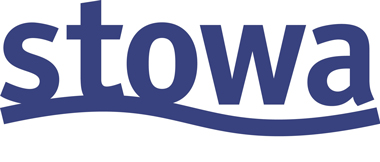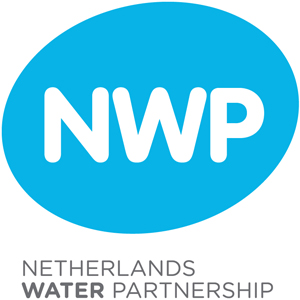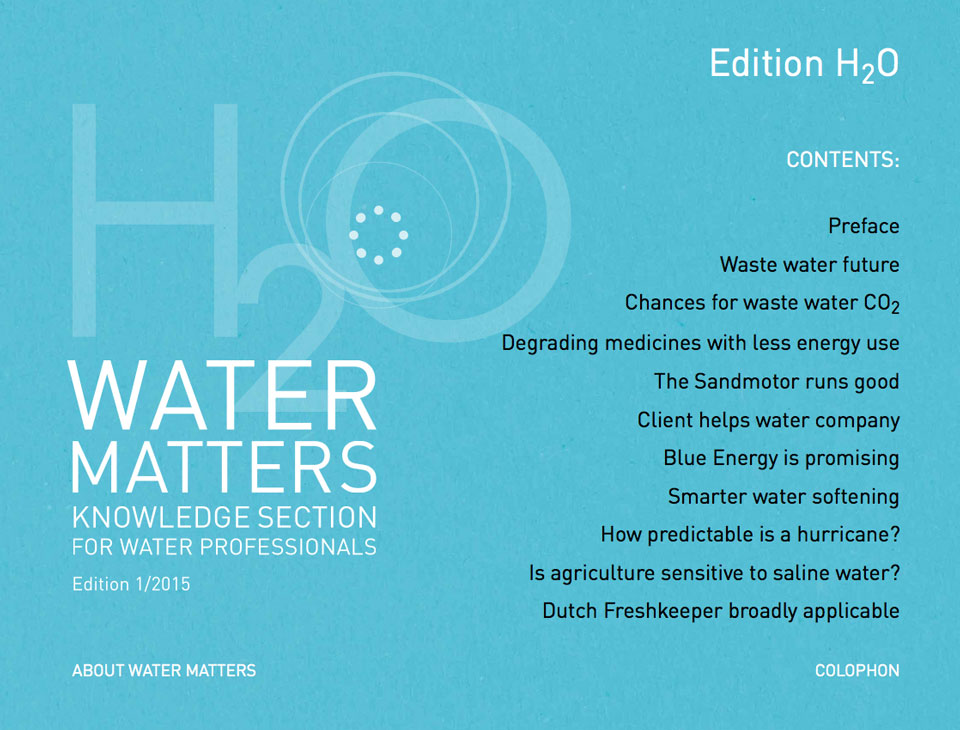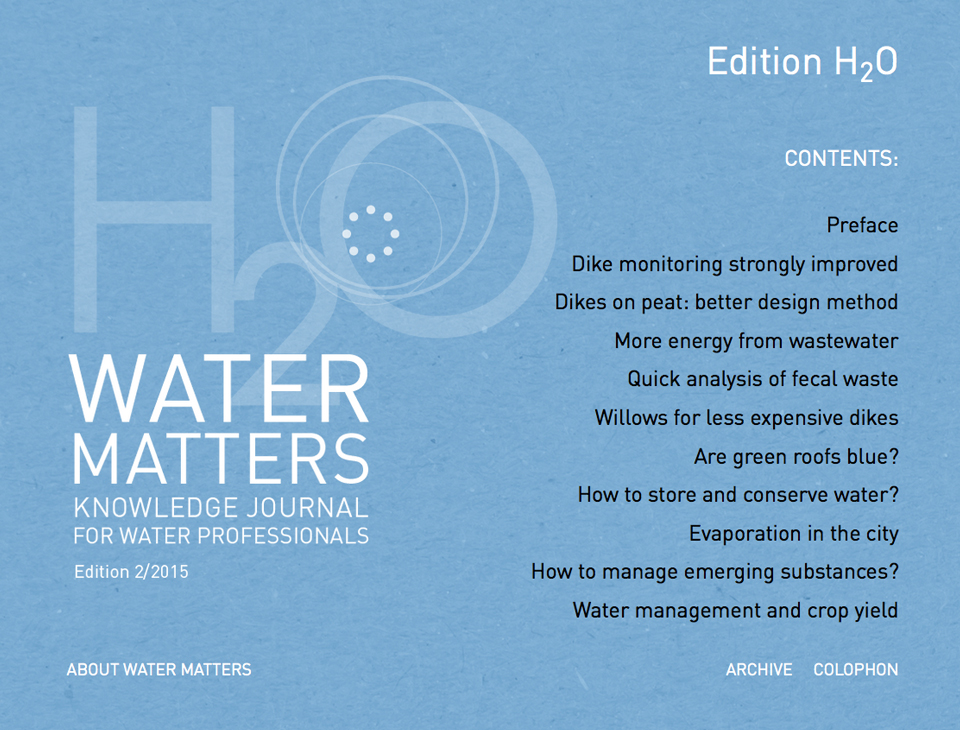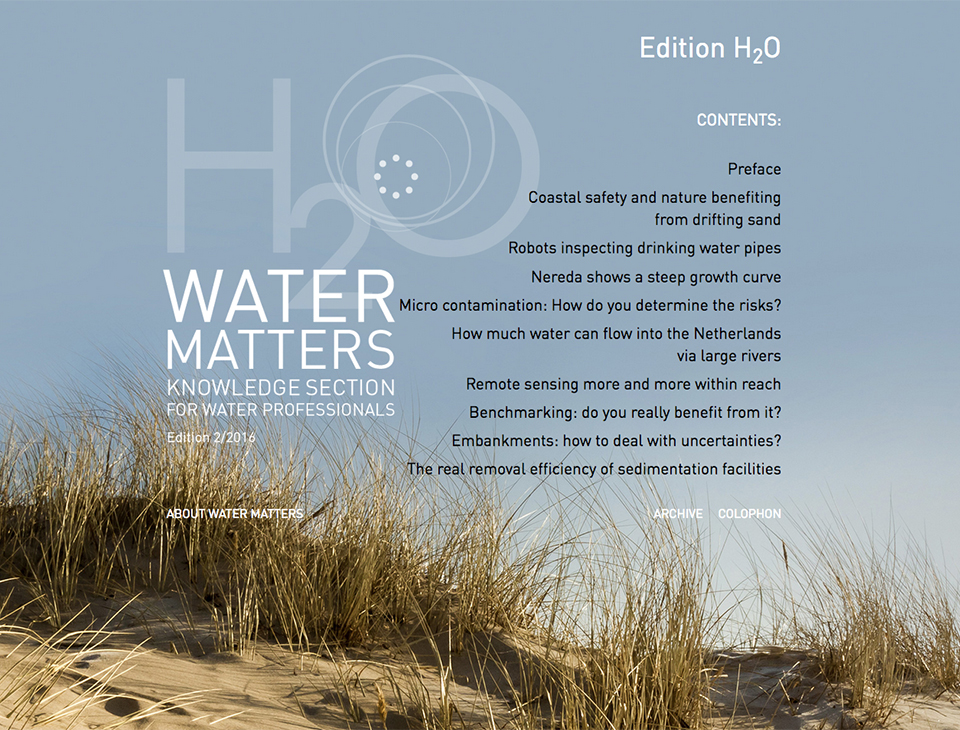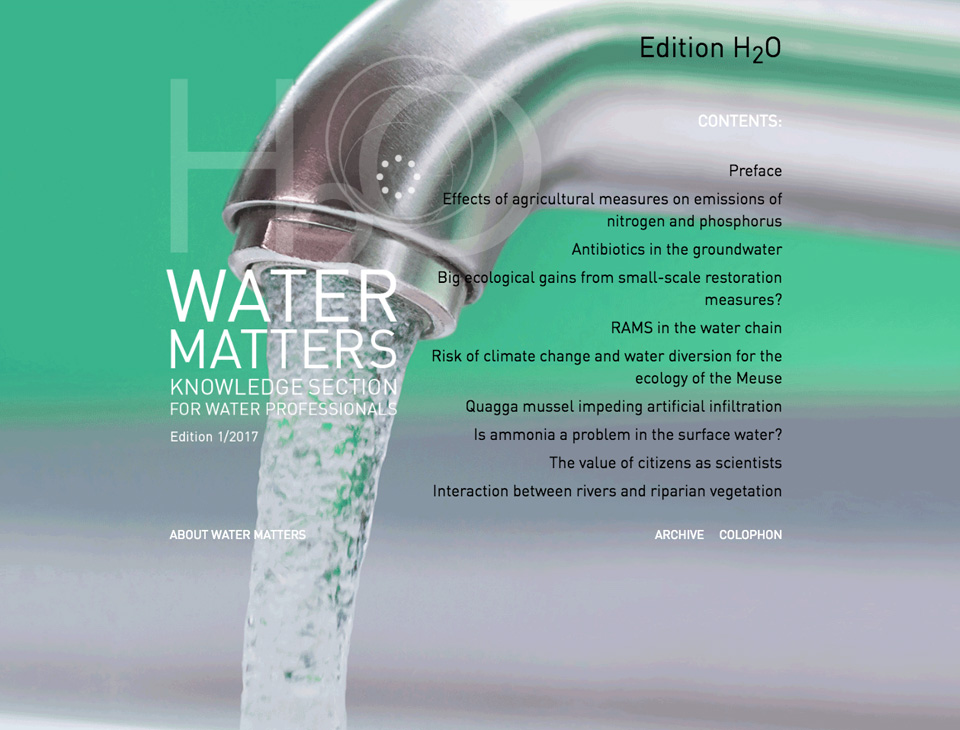New DNA tool for detecting Weil’s disease bacteria and their source in surface water
Newly developed (e)DNA methods make it possible to show the presence of pathogenic Leptospira and brown rats in surface water samples. By including multiple samples for each location, the source can be accurately identified.
The number of cases of leptospirosis in the Netherlands has increased since 2014 to 0.57 per 100,000 inhabitants, a tripling compared to the period 2010-2013. This worrying trend has also been observed in neighbouring countries and has remained undiminishedly high in recent years (2014-2016).
Leptospirosis is one of the most common diseases that can be transmitted from animals to humans - a zoonosis - worldwide. The disease is caused by corkscrew-shaped bacteria of the genus Leptospira. Transmission to humans generally occurs through direct or indirect exposure (e.g. via contaminated water) to urine from infected animals, and results in more than one million serious cases of illness worldwide every year. Infection can lead to a wide range of symptoms in humans ranging from flu-like symptoms to the development of Weil's disease, which can be accompanied by complaints including jaundice and serious kidney and lung problems with a potentially fatal outcome.
Around 60 percent of the infections in the Netherlands can be linked to contact with water. This is therefore the most important pathway of infection. The peak of infections is in the summer months. The main reasons for this are increased exposure through more recreational activities (like swimming or mud-runs), more chance of survival for
Leptospira in warmer water, and increased activity by the animals that spread these pathogenic bacteria.
Initial screening
A DNA method has recently been developed in order to identify pathogenic Leptospira bacteria in surface water (H2O online, 21 Aug 2017). An initial screening of samples obtained from swimming water locations showed on average 16 percent of the samples contained DNA material from pathogenic Leptospira. This percentage varied considerably by location, with a number of peaks up to 40 percent. However, the source of these positive observations is not known. Rodents and, more specifically, the brown rat (Rattus norvegicus) are generally considered the most important carrier of Leptospira. The Leptospira spread by brown rats are serovars which can cause serious disease in humans. In the Netherlands an estimated 30 percent of brown rats are infected with pathogenic Leptospira spp. Catching and monitoring rats is specialised and laborious work which require special training and also involves considerable costs.
In order to both identify the presence of pathogenic Leptospira in water and get insight in possible sources, a method has recently been developed for detecting the DNA that brown rats leave behind in the environment (environmental DNA = eDNA). By detecting brown rats’ eDNA, it is possible to identify and monitor the presence of this rat in surface water on a large scale and in a non-invasive manner.
This study had three goals: i) to develop an eDNA method for detecting brown rats in surface water, ii) screening surface water samples in order to identify pathogenic Leptospira and the probable source- brown rats - over time, and iii) to gain insight into the spatial distribution of Leptospira and brown rats on a local scale.
By using these DNA methods, (location) managers can estimate the risk of infection with pathogenic Leptospira and assess whether measures against potential sources (e.g. brown rats) can contribute to better protection of swimmers and other recreational users.
MATERIAL AND METHOD
Development of eDNA method for brown rats
A previously developed set of DNA primers (H2O online, 21 Aug 2017) was used to screen surface water for the presence of Leptospira. A set of DNA primers with probes were developed to screen for the presence of brown rats. This set has been designed to specifically detect the cytochrome-B gene of the brown rat. The selectivity of the primer set has been verified by testing DNA from various animal species (table 1), including close and more distant relatives of the brown rat.
 Table 1: List of species for which it has been shown that the primer set cannot detect species other than the brown rat (indicated by the absence [-] of a test value [Cq])
Table 1: List of species for which it has been shown that the primer set cannot detect species other than the brown rat (indicated by the absence [-] of a test value [Cq])
Experimental format of screening
Using the eDNA method described above, surface water samples were screened for the presence of brown rats and pathogenic Leptospira. These water samples were part of the monitoring by Rijkswaterstaat for faecal contamination and harmful algae at official bathing water locations. Sampling took place fortnightly or monthly, depending on the location, between May and the end of September. This period therefore covers the swimming season and the associated peak in leptospirosis cases. A total of 86 samples from 13 locations were analysed for the screening.
Two locations were studied in more detail. Multiple samples were taken in order to determine the link between Leptospira and brown rats on a local (spatial) scale. In addition, this can be used to examine the effect of sampling strategies on the chance of detecting both species. Ten samples were taken at location 1 (figure 1-A). High values for Leptospira were previously detected at this location. 16 samples were taken at location 14 (figure 1-B, not included in the screening described above). In this location, following an outbreak of leptospirosis in 2015, management steps were implemented to reduce the rat population.
100-250 ml of water was filtered from all samples. Subsequently DNA was isolated in accordance with KWR procedures.
 Figure 1: Graphic presentation of location 1 (A) and 14 (B) with the sampling points.
Figure 1: Graphic presentation of location 1 (A) and 14 (B) with the sampling points.
RESULTS
Detection of brown rat eDNA
The eDNA tool developed here makes it possible to detect brown rats in surface water. 15.1 percent of the screened samples contained brown rat eDNA. The highest positivity rate (30%) was found in samples from locations 12 and 13 (figure 2). Throughout the study period no brown rat eDNA was detected at locations 2, 4, 6, 9 and 11.
Detection of pathogenic Leptospira
DNA from pathogenic Leptospira was detected in 34.9 percent of the screen samples. At locations 1 and 13, 55.6 en 60.0 percent respectively of the samples were positive for pathogenic Leptospira. Of the 13 studied locations, no Leptospira were detected at three locations throughout the period: these were locations 3, 6 and 7 (figure 2).
 Figure 2: Percentage of positive samples for brown rats (brown bars) and pathogenic Leptospira (blue bars) by location.
Figure 2: Percentage of positive samples for brown rats (brown bars) and pathogenic Leptospira (blue bars) by location.
Joint occurrence of Leptospira and brown rat eDNA
DNA of both pathogenic Leptospira and brown rats were found at six locations: locations 1, 5, 8, 10, 12 and 13. More than half of the samples positive for brown rats were also positive for Leptospira. This represented 8.15 percent of all examined samples.
Local distribution of Leptospira and brown rat eDNA
Two locations were intensively sampled: 1 and 14. Ten water samples were taken at location 1 (figure 1-A), of which three tested positive for Leptospira (namely 1-2, 1-6 and 1-10) and two for brown rats (namely 1-1 and 1-8). However, no sample was positive for both. The sampling points were fewer than 50 metres apart. At location 14 (figure 1-B) none of the samples were positive for brown rats, whilst four samples were positive for Leptospira: 14-C1, 14-C3, 14-C8 and 14-C9.
Discussion and conclusion
The DNA methods described were used to screen for the presence of Leptospira and brown rats in water samples obtained from bathing water locations for which Rijkswaterstaat is the water quality manager. Both Leptospira and brown rats were detected in a substantial number of samples. This suggests that brown rats are the probable source of Leptospira at these locations.
Notably are the cases where Leptospira was found and no brown rats, or vice versa. The former could be explained by the fact that the rat population in those locations is not infected with Leptospira - it is estimated that approximately 30 percent of Dutch rats are infected. The latter could be caused by the fact that there is a source of the Leptospira other than brown rats, such as other rodents or cattle. Further research in order to identify sources other than brown rats could give an answer to this. Use could be made of existing DNA markers for various animal groups as used to trace the source of faecal pollution (see also Heijnen et al, 2014, H2O-online). More accurate determination of the specific species of Leptospira could also identify alternative sources.
The filtered volumes of water were small (100-250 ml) in this study. Sampling larger volumes or combining multiple small volumes from a location would considerably increase the detection rate An example of this is the dense sampling strategy applied at locations 1 and 14. The additional benefit of more intensive sampling of a location is that in some cases the source can be detected fairly accurately, after which targeted control measures can be applied.
Elmar Becker
(KWR Watercycle Research Institute/University of Amsterdam)
Ahmed Ahmed
(OIE and National Collaborating Centre for Reference and Research on Leptospirosis, AMC, Amsterdam)
Marga Goris
(OIE and National Collaborating Centre for Reference and Research on Leptospirosis, AMC, Amsterdam)
Hans Ruiter
(Rijkswaterstaat-WVL)
Bart Wullings
(KWR Watercycle Research Institute)
Edwin Kardinaal
(KWR Watercycle Research Institute)
Summary
The newly developed (e)DNA detection methods make it possible to show the presence of pathogenic Leptospira and brown rats in surface water samples. However, this study shows that traces of brown rats and Leptospira can be observed both together and separately. By combining multiple samples per location, a detailed picture of the source can be obtained, for which specific control measures can be defined in a well-substantiated and targeted way.
^ Back to start






